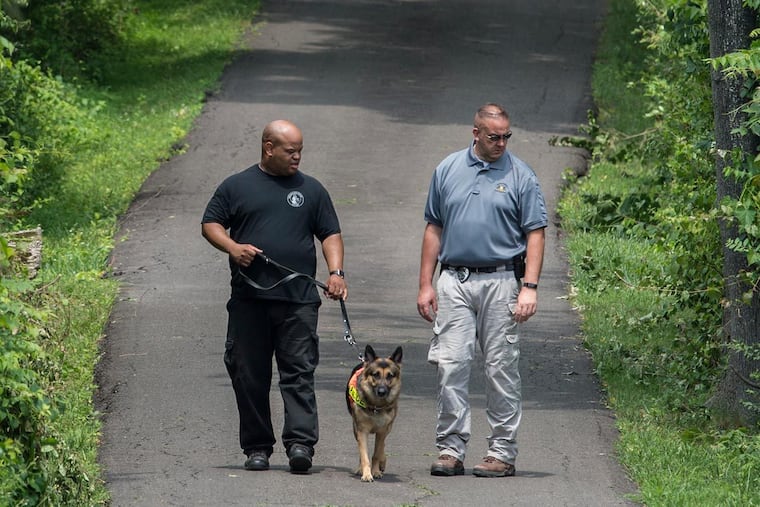How did cadaver dogs detect Bucks County bodies 12 feet underground?
An expert in search-and-rescue said the volume of bodies, combined with July heat and loose dirt, made it easier for the dogs to pick up the scent of human remains.

An expert in search-and-rescue said the volume of bodies, combined with July heat and loose dirt, made it easier for the dogs to pick up the scent of human remains.
